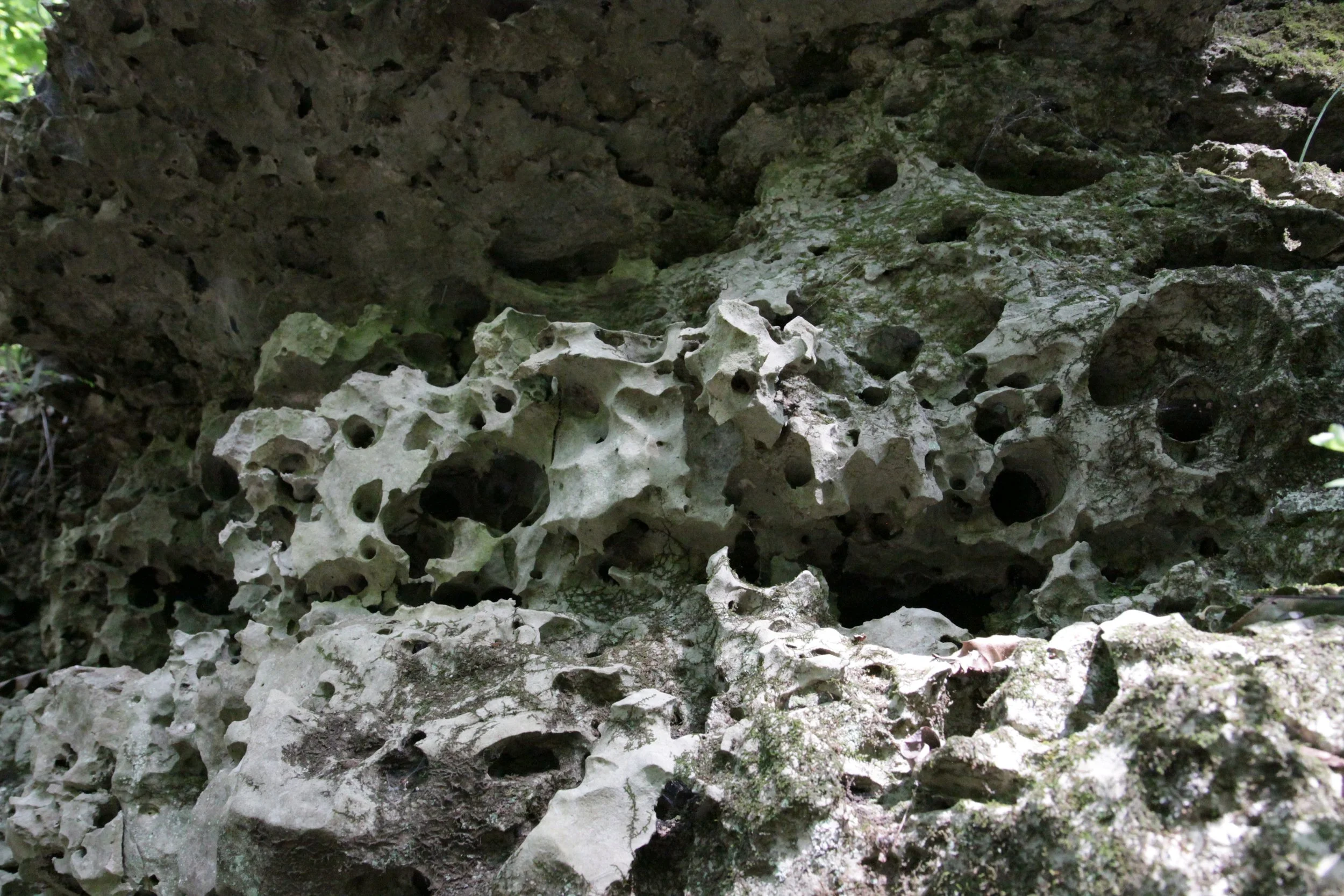Tyson Research Center occupies land taken from Indigenous People.
Our commitment to social justice and stewardship of this land calls us to understand this history.
This webpage is intended to be a living document where we articulate our commitment to learning the history of Indigenous People in this area and how our current stewardship of this land might honor their legacy.
Located in what is now known as St. Louis County, Missouri, Tyson Research Center operates at the intersection of research and education in the ecological and environmental sciences, sustainability, and environmentalism.
Before Tyson, this land was stewarded by Indigenous people since time immemorial. However, “land ownership” was not a concept before colonization. Therefore, many peoples have called this region home across time and even at the same time for different reasons. Despite the differences in how and when they came to call St. Louis home, many Native Nations have claim to this land. Although we may never know the full extent of people whose ancestral lands include Tyson, we will take time to acknowledge those we do know.
We encourage you to visit the Native Land Digital website as a starting point for exploration of Indigenous territories, treaties, and languages.
Ogáxpa Ma-zhoⁿ
The Ogáxpa (oh-GAH-puah), also known as the Quapaw people.
𐓏𐒰𐓓𐒰𐓓𐒷 𐒼𐓂𐓊𐒻 𐓆𐒻𐒿𐒷 𐓀𐒰^𐓓𐒰^ or Wazhazhe
The Wazhazhe (WAH-zhah-zhay), also known as the Osage people.
Kaahkaahkia
The Illini or Illiniwek Confederacy, notably the Kaahkaahkia, also known as the Kaskaskia (cas-cas-kee-uh) people.
Kiikaapoi
The Kiikaapoi (key-kah-pú), also known as the Kickapoo people.
Očhéthi Šakówiŋ
The Očhéthi Šakówiŋ (oh-CHEH-tee shaw-KOH-we), also known as the Sioux people.
Niúachi/Niutachi
The Niúachi or Niutachi (noo-TAH-chi), also known as the Missouria people.
Our actions to honor this legacy
Financial contribution to the Buder Center Annual Powwow held at Washington University in St. Louis
Physical protection of the historic chert quarry and habitation sites located within the boundaries of Tyson
Request of ongoing connection to Native Nations for guidance on our stewardship of this land
Annual support of a Tyson undergraduate fellow to continue the work of understanding and telling Tyson’s history through a reparative lens
Despite the differences in cultures, languages, and ties to this land between each of these groups, they all suffered genocide by war, disease, and cultural destruction through colonization, and all were forcibly removed from this land.
We make this acknowledgment because Tyson is committed to becoming an anti-racist environmental field station and making science more diverse, equitable, accessible, and inclusive. It is vital to acknowledge the ongoing history of colonization and white supremacy upon which this station is built to begin the work of healing, reconciliation, and justice. We start with calling these Native Nations by the names they call themselves rather than names forced upon them, by uplifting their voices and contributions to science, and by centering them in planning the future.
Acknowledging the Indigenous history of this land is just a starting point to giving witness to the lives of these people and their impact upon this region. We call for the entire Tyson community to work together as we learn and grow, and hold ourselves accountable to this mission.
We appreciate the guidance and leadership of the Buder Center in helping WashU reckon with this history
Washington University in St. Louis occupies the ancestral, traditional, and contemporary lands of the Osage Nation, Otoe-Missouria, Illinois Confederacy, Quapaw, Ho-Chunk, Miami and many other tribes as the custodians of the land where we reside, occupy, and call home.
We recognize their sovereignty was never ceded after unjust removal and encourage your own research on tribal removal, tribal sovereignty and the history of the land you reside.
We promote the inclusion of tribal history and the incorporation of contemporary thoughts and actions into your work.
In offering this land acknowledgement, we affirm and support Tribal sovereignty, history and experiences by elders past, present, and seven generations yet to come through their continued connection to this land.
The Tyson Research Center land acknowledgement was initiated as an independent project by Undergraduate Fellow Lawton Blanchard during summer 2022.



